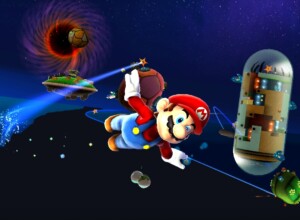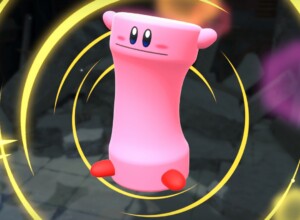Can Pokémon ever truly reinvent itself? Pokémon Legends: Z-A makes a compelling case that it can.
Having played 2022’s Pokémon Legends: Arceus to completion, and now having toiled away on the streets of an ersatz Paris for around 40 hours in Pokémon Legends: Z-A, I’m starting to wonder which strand of Pokémon games is best considered the mainline series.
Unlike the official “generation-focused” Pokémon titles, which have branched out with various degrees of success but generally stayed true to the path set in 1996, the Legends offshoot is shaping into a platform for risk and experimentation, and more enjoyment.
Z-A doesn’t so much build on Arceus as it moves sideways, introducing significant structural changes and some surprisingly interesting narrative themes. And, ultimately, it’s further proof that Legends is where the franchise’s best ideas are happening. While Arceus explored a feudal prequel fantasy, the latest Legends title pulls from an entirely different world, evoking the sensibilities of a classic Hollywood detective movie, although sadly not the grain and grime.
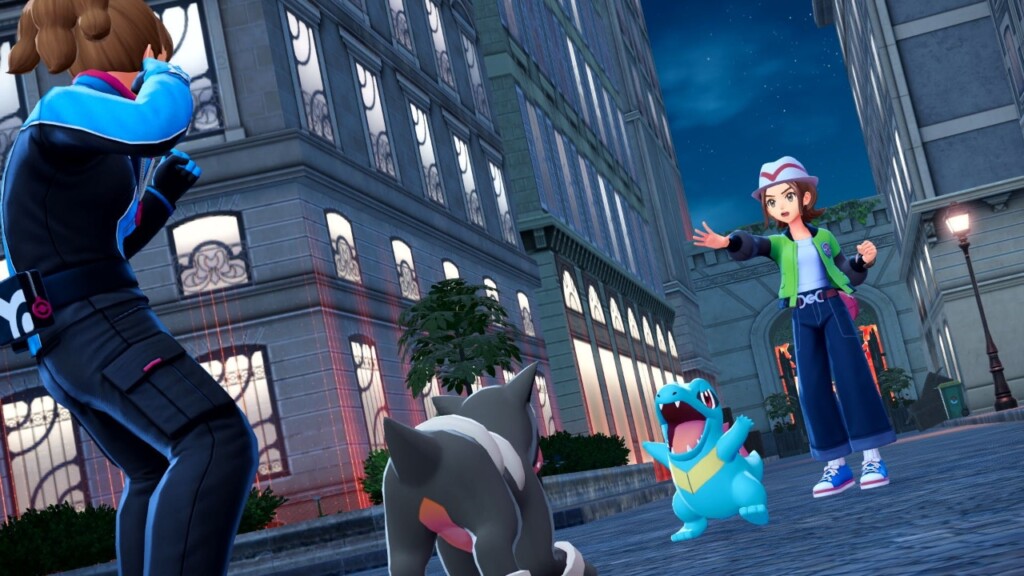
Set within the city of Lumiose, the location for the excellent Pokémon X and Y on Nintendo 3DS, Z-A resists the temptation to go bigger than Arceus’s Breath of the Wild-inspired landscapes. Instead, it offers a relatively self-contained space, but one layered with avenues, arcades, rivers, rooftops, and gardens.
Functionally, Lumiose is a modestly sized metropolis and one you can largely discover at your own pace. There’s some dubious in-world logic to justify the division of specific areas into Wild Zones, where Pokémon roam unrestricted, but the shift to an urban setting mostly works. There’s a welcome focus on exploring boulevards and alleyways that makes a refreshing change from forests, caves, and meadow paths. Wild Zones come with suggested levels, but beyond that, you’re free to revel in these Parisian-inspired streets.
I say revel, but let’s be clear: through a certain lens, this game does not look very good. The backgrounds are flat, building textures are lifeless, and most stores consist of floating menus. Scene transitions are loaded with cheap fades to black, presumably to avoid complicated animations, and NPCs stand rooted to the spot, vacantly waiting for a conversation. Just as they always have, I suppose, but it feels deeply weird in a 2025 marquee videogame.
And yet… it sort of, just about, kind of works.
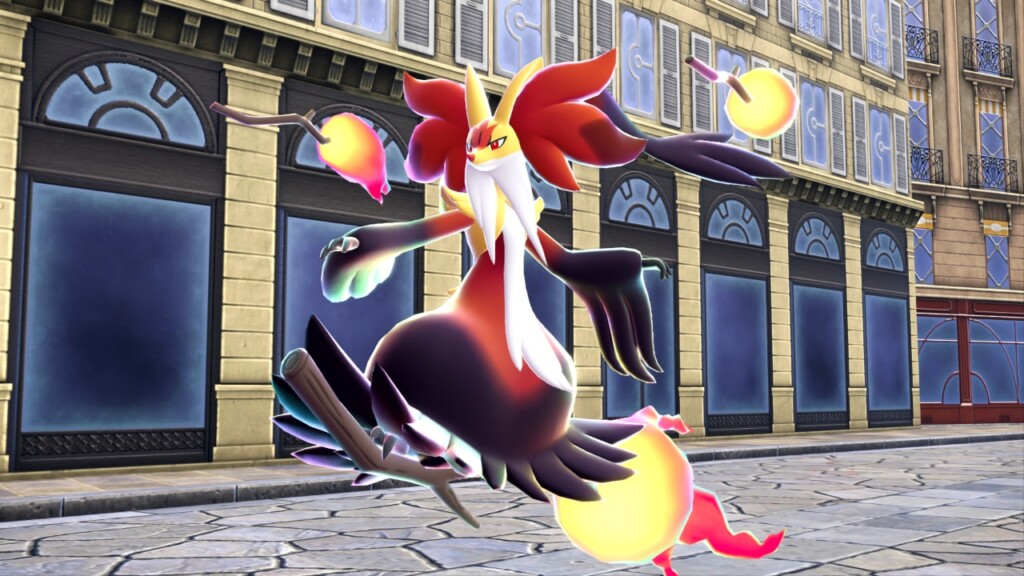
The world of this game is almost unbearably basic, but on Nintendo Switch 2, at least, it runs at a silky smooth 60 fps, and there’s a curious crispness to it in motion that isn’t unappealing.
Visually, the experience is saved by the comic book flair of the NPCs (however stationary they are) and the beautifully rendered roster of Pokémon. They’re a delight to see at this resolution. It’s just a shame to watch them perform on the cardboard set of a student stage production rather than in a world on par with the equally stylised, but far richer, Dragon Quest XI: Echoes of an Elusive Age.
Amusingly, one whole controller button is dedicated entirely to a photo mode, should you wish to capture an image of your character and a Pokémon next to a particularly flat restaurant front. So yes, the visuals are a mixed bag, but the approach does bring the benefit of avoiding the performance problems that plagued Pokémon Scarlet and Violet.
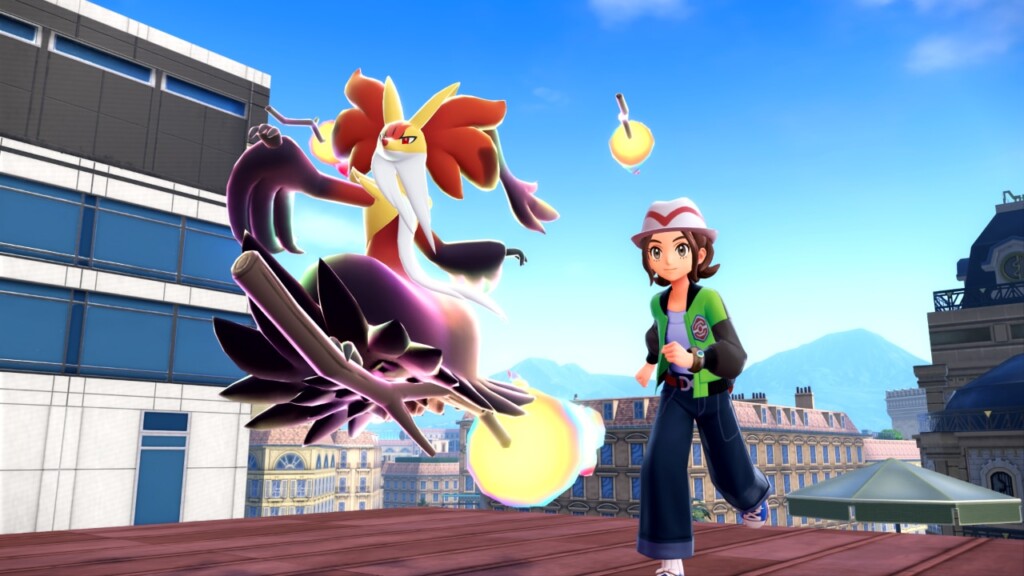
Z-A sticks close to the Arceus model of mainline quests, side quests, item collection, and the usual objective of catching and cataloguing Pokémon. The biggest change, alongside the setting, is the switch to real-time battling. The moves you know and love are still in play, but they are now mapped to each face button to be used in real time. Pokémon in your party can be switched in and out on the fly, mostly at will, with only the cooldown timers of each move acting as restrictions. The clearest analogue, for me at least, is the battle system from the Xenoblade Chronicles series, although this is thankfully much simpler.
The result is that battles are faster, more fluid, and filled with tension. Although the extravagant animations of the mainline games are mostly lost, the intensity is increased, and there’s a genuine frisson to battling higher-ranked opponents.
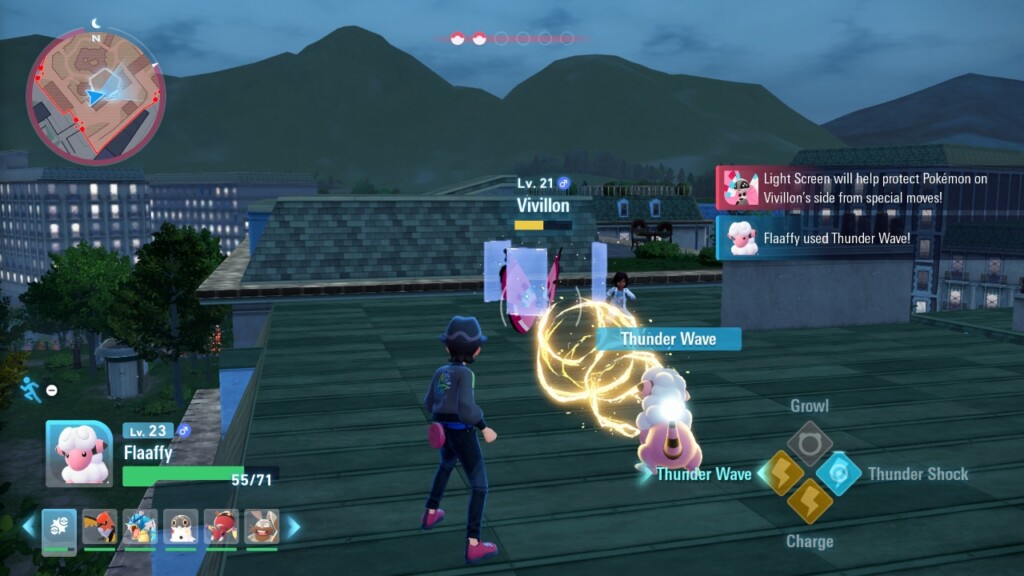
This fluidity is held together by a tightly structured rank-based system aligned to the game’s day and night cycle. The concept is super simple but super effective. You rise through the ranks, from Z to A, battling a new challenger at each step.
By day, you are free to roam, picking off side quests, exploring Wild Zones, and generally doing standard Pokémoney things to get your party in shape. But when night falls, everything shifts. To earn your next Challenger Ticket, you must enter a designated Battle Zone and chalk up enough victories against rival trainers to progress.
Each run must also be completed before daybreak, which lends a sense of urgency. What feels like a leisurely backstreet stroll during the day becomes a tense dungeon crawl at night. It’s a remarkably satisfying core loop, capped by a big battle and the satisfaction of climbing another rung of the ladder.
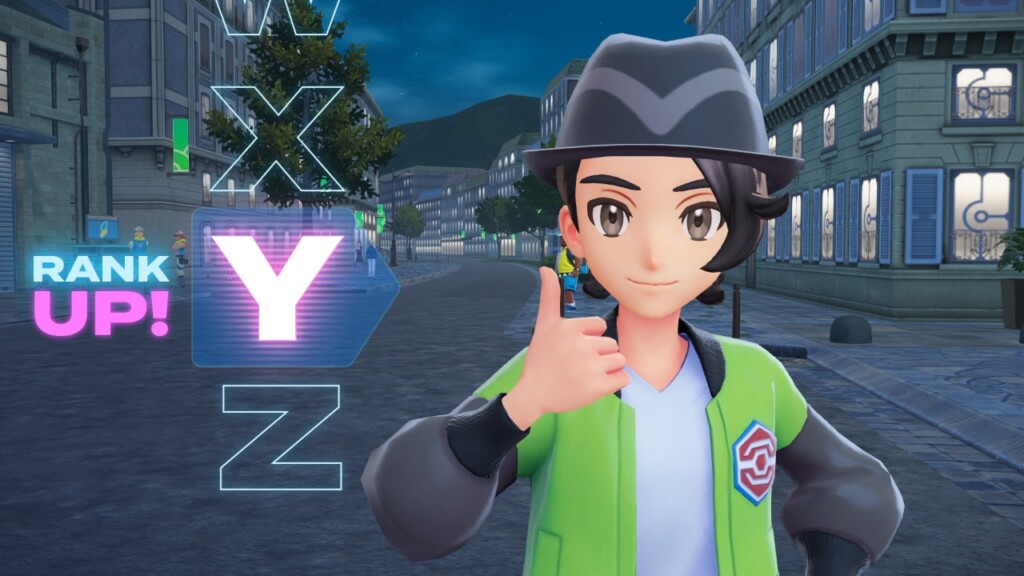
If the visuals are deserving of some criticism, then praise should also be directed at the soundtrack, which includes contributions from Shinji Hosoe, Shota Kageyama, and Hitomi Satō. The main daytime theme is an instant classic: a sublime orchestration that blends familiar Pokémon motifs with the jazz and swing stylings of a 1950s musical comedy. Meanwhile, the battle themes are electric and spiky, energetic and dangerous. No notes.
The sound design elsewhere is also excellent. Little chirps and tweets, distant chatter, and the quiet noise of things simply existing help make Lumiose City feel alive, even if it doesn’t always look that way.
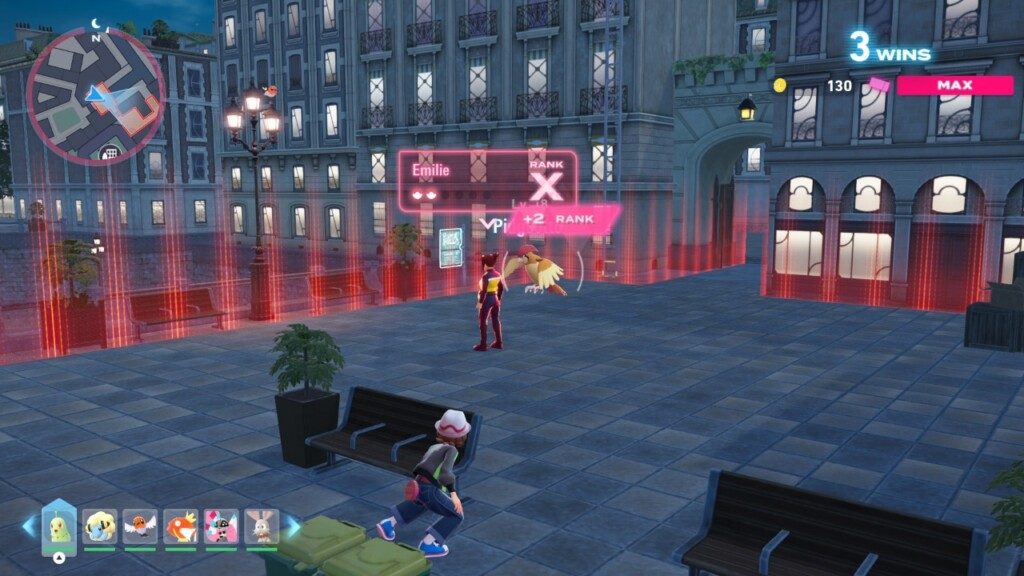
Thanks to a lacklustre pre-release showing, my expectations for Pokémon Legends: Z-A were pretty low going in. And although the game is uneven and occasionally clumsy, it’s bursting with invention and, most importantly, is fun from moment to moment. With every experimental swing, it edges closer to the kind of reinvention fans always say they want. Z-A doesn’t quite perfect anything, but it shows that Game Freak isn’t afraid to keep trying.
Game: Pokémon Legends: Z-A
Platform: Nintendo Switch, Nintendo Switch 2
Developer: Game Freak
Publisher: Nintendo
Release Date: 16 November, 2025



